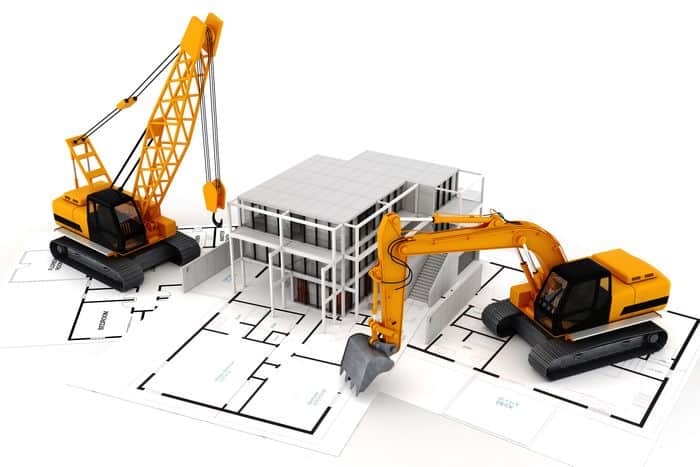Table of Contents
Problem:
Safety in Design (SID) is a requirement in some countries or states. It requires the designer (and often the owner and builder) to ensure that the structure is designed to be safe during construction, use and also during demolition.
I believe that some projects and some companies that design and/or build structures do not do safety in design properly:
- They often do not allow enough budget to complete safety in design considerations properly, or at all (see my previous post).
- They may only do a nominal SID check (for a few minutes and not really checking anything).
- They might not do any SID checks at all.
- They sometimes don’t keep records of their SID checks and process (even when they have done SID).
- The records of the SID checks for each design are not easily found, cannot be passed on the the next party (builder, owner etc) and so cannot be proven to have been done, or cannot be referred to by others.
Solution:
I think the solution to this is pretty simple. Do SID properly, accurately, and document it well.
- Recognise officially in your project (and in your company as a whole) that safety in design is important and a requirement on every design that requires it. This usually means structures, but that can depend on the laws of your region and also on the use. For example, things people use (such as a car or a computer) may still need to go through a safety in design process to ensure it can be constructed, used and disposed of safely.
- Ensure your project and company has safety in design procedures and templates in place. This ensures that your staff know what, when and why they should do SID, and ensures they have clear steps on how to do it.
- I have worked in some companies that have a clear safety in design checklist that covers all their project designs. The designer works through the list and it asks them questions to prompt them to ensure they have considered all necessary aspects. This ensures that nothing is left out or forgotten.
- Mandate that SID records be stored properly for each design, and specify where this should be, consistently across all your designs for the project, and preferably the same way for your entire company.
- Do regular audits across the projects to check that designers are doing and accurately storing SID documents. Even better, have a gate system to ensure it is done.
- Have a company safety in design expert or team. These people should be the go to source of information for current legislation requirements regarding SID, SID best practices, and should also be available to help run SID workshops if you need them. They should also keep your company systems up to date for SID templates, guides, training materials and audits.
The benefits of doing this properly mean:
- Your project and company reduces its legal risk and ensures that it complies with legislation.
- It leads to safer designs and reduces the chances of injury in the whole life of the structure. If someone is injured because your design was not safe, the designer, project manager, asset owner and company can face strong penalties, including fines or possibly jail if the issue was serious.
Lesson:
Do safety in design properly. Ensure your project and company have well developed systems to ensure it is done properly. Document your safety in design checks properly.
There are significant risks to you, the project and your company if you don’t.

